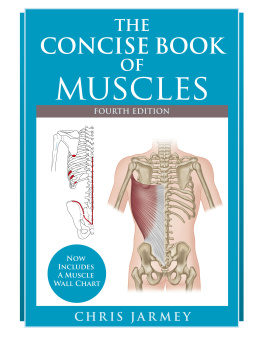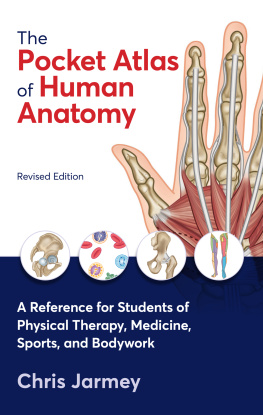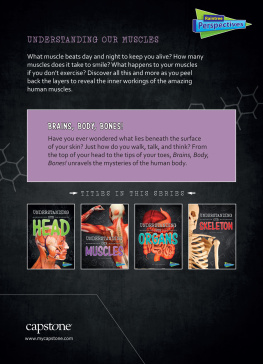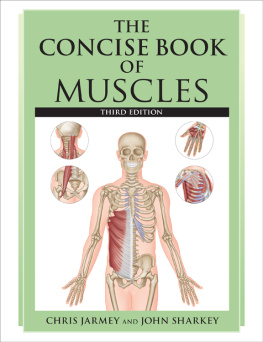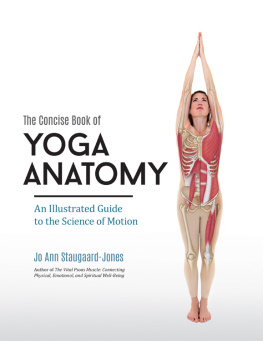Chris Jarmey - The Concise Book of Muscles
Here you can read online Chris Jarmey - The Concise Book of Muscles full text of the book (entire story) in english for free. Download pdf and epub, get meaning, cover and reviews about this ebook. year: 2018, publisher: North Atlantic Books, genre: Science. Description of the work, (preface) as well as reviews are available. Best literature library LitArk.com created for fans of good reading and offers a wide selection of genres:
Romance novel
Science fiction
Adventure
Detective
Science
History
Home and family
Prose
Art
Politics
Computer
Non-fiction
Religion
Business
Children
Humor
Choose a favorite category and find really read worthwhile books. Enjoy immersion in the world of imagination, feel the emotions of the characters or learn something new for yourself, make an fascinating discovery.
- Book:The Concise Book of Muscles
- Author:
- Publisher:North Atlantic Books
- Genre:
- Year:2018
- Rating:5 / 5
- Favourites:Add to favourites
- Your mark:
- 100
- 1
- 2
- 3
- 4
- 5
The Concise Book of Muscles: summary, description and annotation
We offer to read an annotation, description, summary or preface (depends on what the author of the book "The Concise Book of Muscles" wrote himself). If you haven't found the necessary information about the book — write in the comments, we will try to find it.
Chris Jarmey: author's other books
Who wrote The Concise Book of Muscles? Find out the surname, the name of the author of the book and a list of all author's works by series.
The Concise Book of Muscles — read online for free the complete book (whole text) full work
Below is the text of the book, divided by pages. System saving the place of the last page read, allows you to conveniently read the book "The Concise Book of Muscles" online for free, without having to search again every time where you left off. Put a bookmark, and you can go to the page where you finished reading at any time.
Font size:
Interval:
Bookmark:
 The Concise
The ConciseBook of Muscles Fourth Edition Chris Jarmey
 Copyright 2003, 2008, 2015, 2018 by Chris Jarmey. All rights reserved. No portion of this book, except for brief review, may be reproduced, stored in a retrieval system, or transmitted in any form or by any means electronic, mechanical, photocopying, recording, or otherwise without the written permission of the publisher. For information, contact Lotus Publishing or North Atlantic Books. First published in 2018 Lotus Publishing Apple Tree Cottage, Inlands Road, Nutbourne, Chichester, PO18 8RJ and North Atlantic Books Berkeley, California Anatomical Drawings Amanda Williams and Emily Evans Exercise Drawings Chris Fulcher Text Design Medlar Publishing Solutions Pvt Ltd., India Cover Design Jim Wilkie Printed and Bound in Malaysia by Tien Wah Press Acknowledgments The publisher would like to thank the following people who have helped with the updated material of this latest edition in many differing and invaluable ways. In no particular order, Debbie Simpson and Liza Grashion (both chartered physiotherapists), Dr.
Copyright 2003, 2008, 2015, 2018 by Chris Jarmey. All rights reserved. No portion of this book, except for brief review, may be reproduced, stored in a retrieval system, or transmitted in any form or by any means electronic, mechanical, photocopying, recording, or otherwise without the written permission of the publisher. For information, contact Lotus Publishing or North Atlantic Books. First published in 2018 Lotus Publishing Apple Tree Cottage, Inlands Road, Nutbourne, Chichester, PO18 8RJ and North Atlantic Books Berkeley, California Anatomical Drawings Amanda Williams and Emily Evans Exercise Drawings Chris Fulcher Text Design Medlar Publishing Solutions Pvt Ltd., India Cover Design Jim Wilkie Printed and Bound in Malaysia by Tien Wah Press Acknowledgments The publisher would like to thank the following people who have helped with the updated material of this latest edition in many differing and invaluable ways. In no particular order, Debbie Simpson and Liza Grashion (both chartered physiotherapists), Dr. Daniel Quemby, Emily Evans, and Cecilia Brassett. The Concise Book of Muscles is sponsored and published by the Society for the Study of Native Arts and Sciences (dba North Atlantic Books), an educational nonprofit based in Berkeley, California, that collaborates with partners to develop cross-cultural perspectives, nurture holistic views of art, science, the humanities, and healing, and seed personal and global transformation by publishing work on the relationship of body, spirit, and nature. North Atlantic Books publications are available through most bookstores. For further information, visit our website at www.northatlanticbooks.com or call 800-733-3000. British Library Cataloguing-in-Publication Data A CIP record for this book is available from the British Library ISBN 978 1 905367 86 3 (Lotus Publishing) ISBN 978 1 62317 338 8 (North Atlantic Books) The Library of Congress has cataloged the first edition as follows: Jarmey, Chris. p. ; cm. ill. ill.
Includes bibliographical references and index. ISBN 1-55643-466-9 (pbk. : alk. paper) 1. Muscles--Handbooks, manuals, etc. [DNLM: 1.
Muscles--innervation--Atlases. 2. Muscles--innervation--Handbooks. 3. Anatomy, Regional--Atlases. 4.
Anatomy, Regional--Handbooks. 5. Muscles--anatomy & histology--Atlases. 6. Muscles--anatomy & histology--Handbooks. Title. Title.
QP321.J43 2003 612.74--dc21 2002155580
An example is given below, with the meanings of headings explained (some muscles will have abbreviated versions of this).  A Note About Peripheral Nerve Supply T he peripheral nervous system (PNS) comprises all the neural structures outside the brain and spinal cord, which constitute the central nervous system (CNS) . The PNS has two main components: the somatic nervous system and the autonomic nervous system ; the latter deals with involuntary control of smooth muscle and glands. As this book is concerned with skeletal muscles, it is only the somatic nervous system that is of interest. The PNS consists of 12 pairs of cranial nerves and 31 pairs of spinal nerves, along with their subsequent branches. The spinal nerves are numbered according to the level of the spinal cord from which they arise, known as the spinal segment .
A Note About Peripheral Nerve Supply T he peripheral nervous system (PNS) comprises all the neural structures outside the brain and spinal cord, which constitute the central nervous system (CNS) . The PNS has two main components: the somatic nervous system and the autonomic nervous system ; the latter deals with involuntary control of smooth muscle and glands. As this book is concerned with skeletal muscles, it is only the somatic nervous system that is of interest. The PNS consists of 12 pairs of cranial nerves and 31 pairs of spinal nerves, along with their subsequent branches. The spinal nerves are numbered according to the level of the spinal cord from which they arise, known as the spinal segment .
In this book the relevant peripheral nerve supply is listed with each muscle. However, the spinal segment from which the nerve fibers arise often varies between different sources. This is because spinal nerves are organized into networks known as plexuses (plexus = a network of nerves: from Latin plectere = to braid), which supply different regions of the body, and nerve fibers from different spinal segments will contribute to the individual named nerve that supplies a particular muscle. For each muscle in this book, the spinal levels that typically contribute to its named nerve are indicated. The relevant spinal segments are represented by C for cervical, T for thoracic, L for lumbar, and S for sacral, followed by a number representing the level.  A spinal segment, showing the nerve roots combining to form a spinal nerve, which then divides into ventral and dorsal rami.
A spinal segment, showing the nerve roots combining to form a spinal nerve, which then divides into ventral and dorsal rami.  A spinal segment, showing the nerve roots combining to form a spinal nerve, which then divides into ventral and dorsal rami.
A spinal segment, showing the nerve roots combining to form a spinal nerve, which then divides into ventral and dorsal rami.
A spinal segment is the part of the spinal cord that gives rise to each pair of spinal nerves, one for each side of the body. Each spinal nerve contains sensory and motor fibers from the dorsal and ventral roots respectively. Soon after the spinal nerve exits through the foramen or opening between adjacent vertebrae, it divides into a dorsal primary ramus, which is directed posteriorly, and a ventral primary ramus, which is directed anteriorly and laterally. Fibers from the dorsal rami innervate the skin and extensor muscles of the neck and trunk. The ventral rami supply the limbs, as well as the sides and front of the trunk. Anatomical Terms Positions To describe the relative positions of body parts and their movements, it is essential to have a universally accepted initial reference position.
This is known as the anatomical position , which is simply the upright standing position, with feet flat on the floor, arms hanging by the sides and the palms facing forward (see ). The directional terminology used always refers to the body as if it were in the anatomical position, regardless of its actual position. Note also that the terms left and right refer to the sides of the object or person being viewed, and not those of the reader. 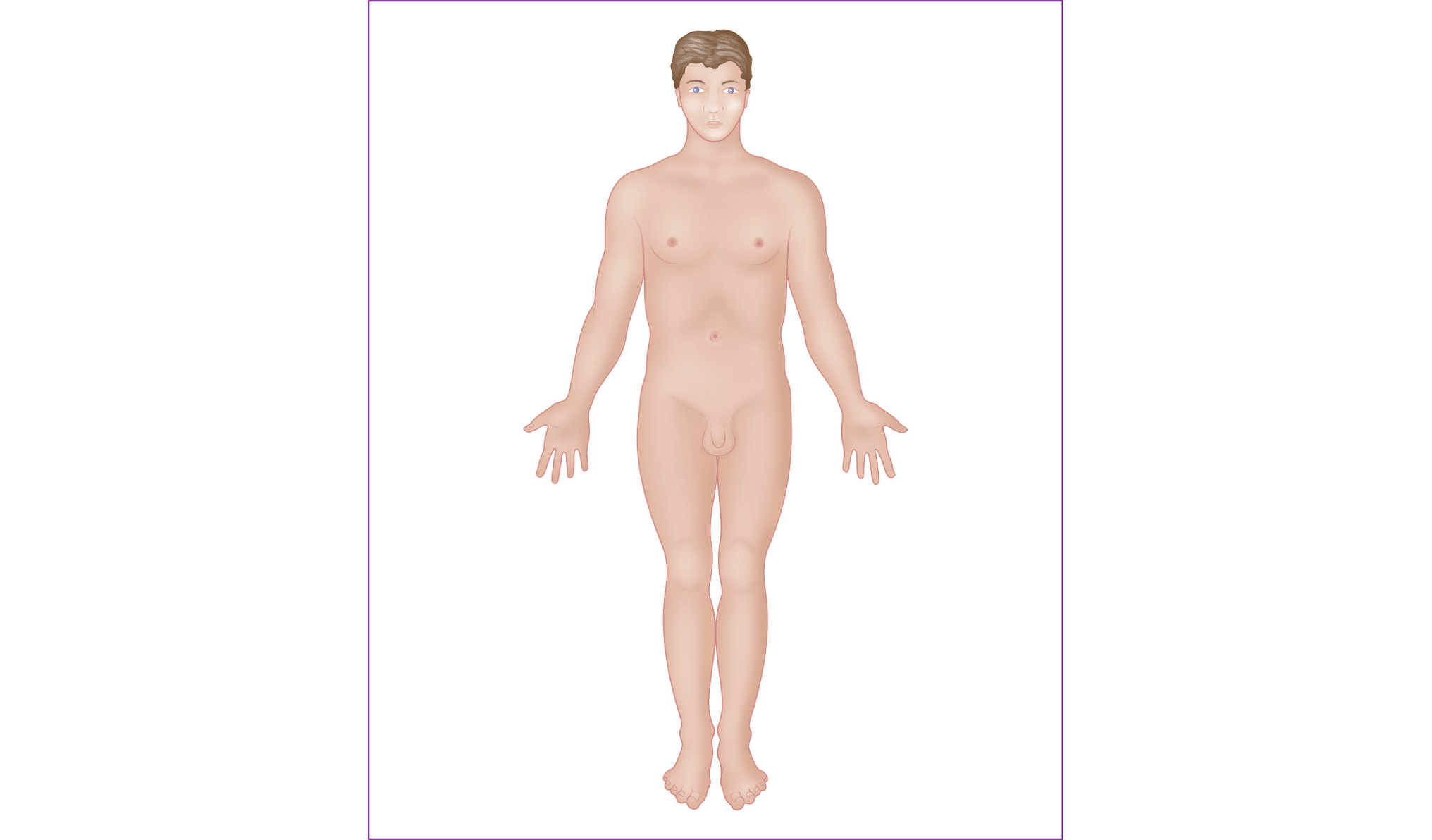 Figure 1.1. Anterior.
Figure 1.1. Anterior. 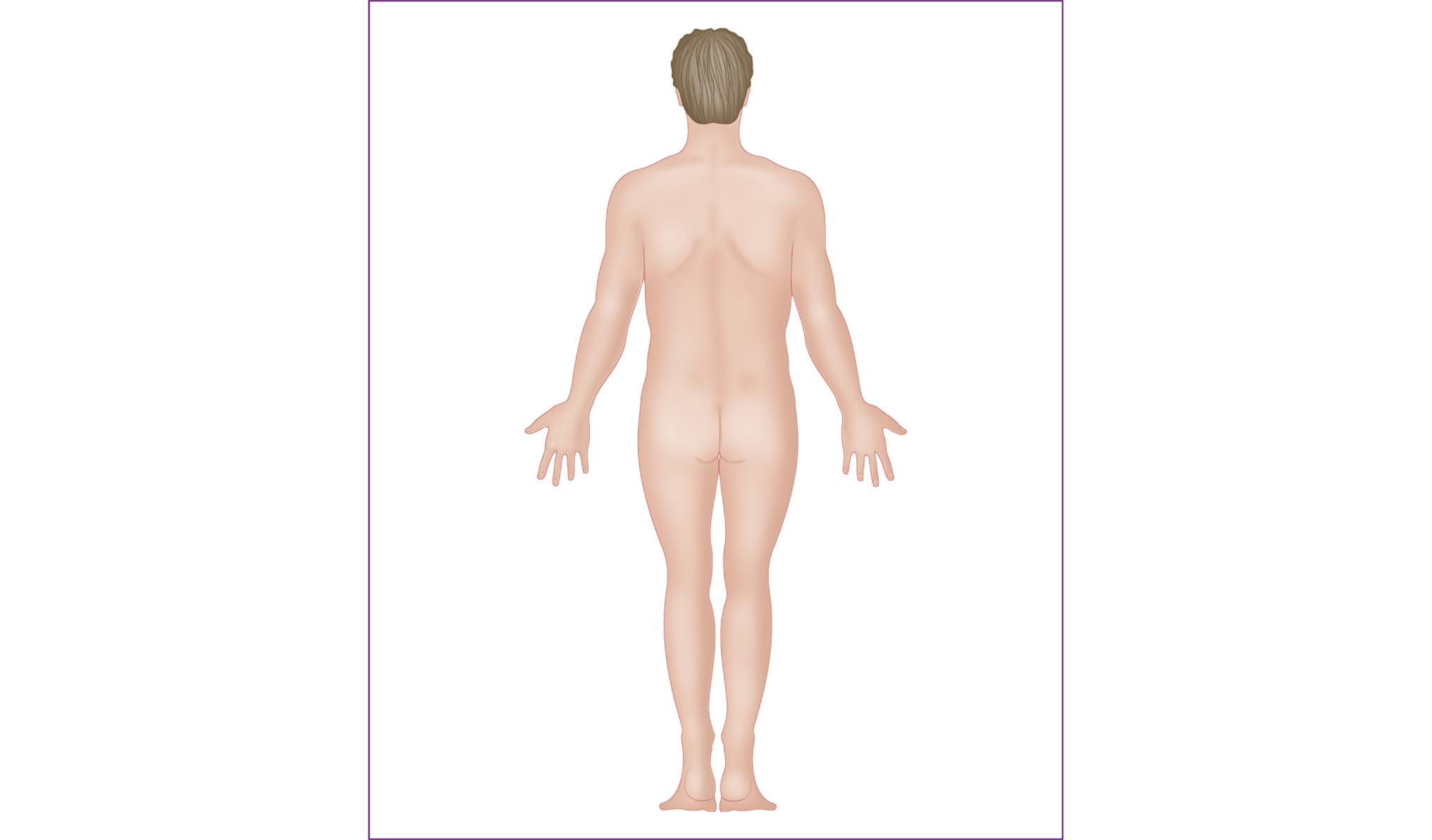 Figure 1.2. Posterior. Posterior.
Figure 1.2. Posterior. Posterior.
Behind; toward or at the back of the body. 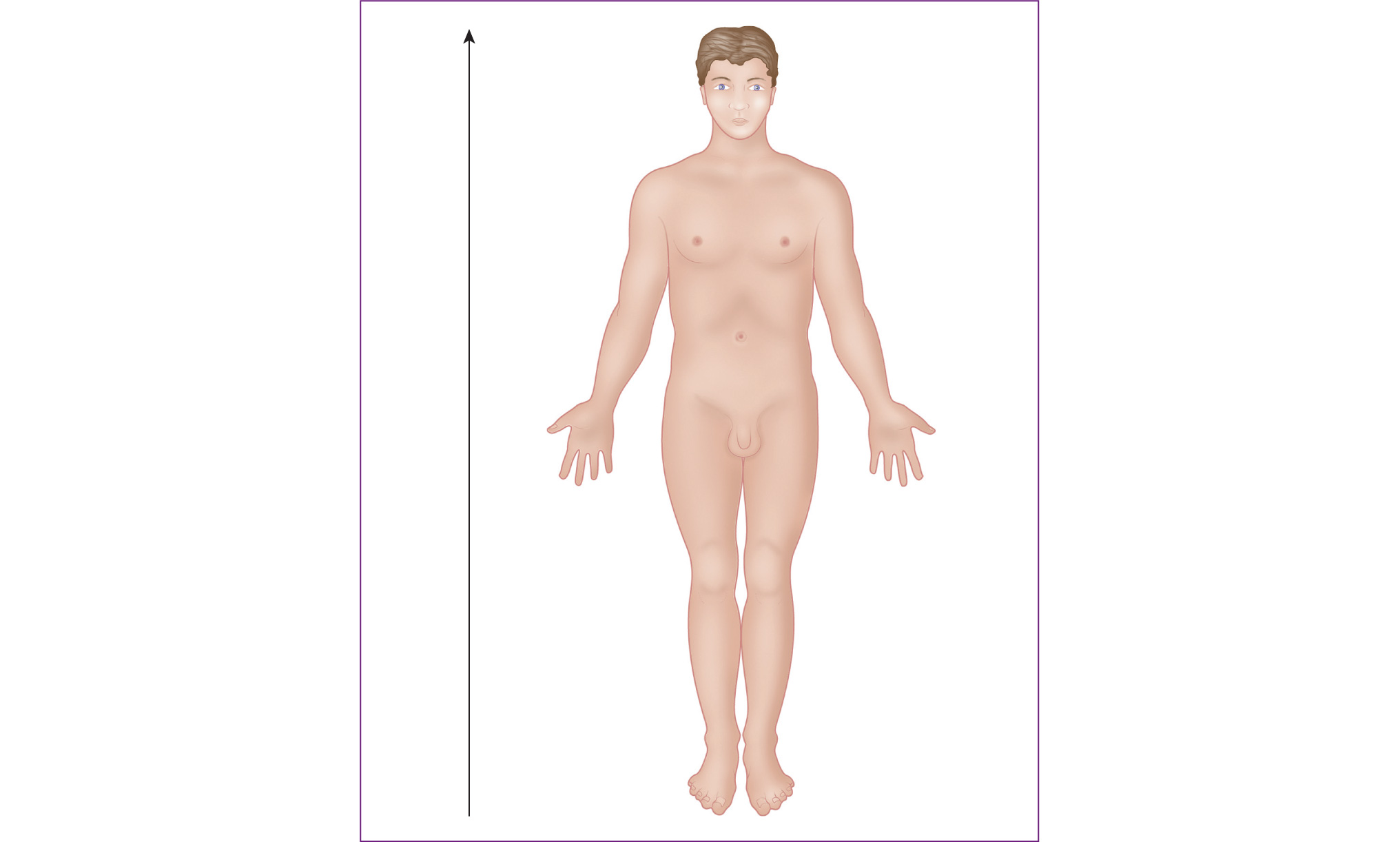 Figure 1.3. Superior. Above; toward the head or the upper part of the structure or the body.
Figure 1.3. Superior. Above; toward the head or the upper part of the structure or the body. 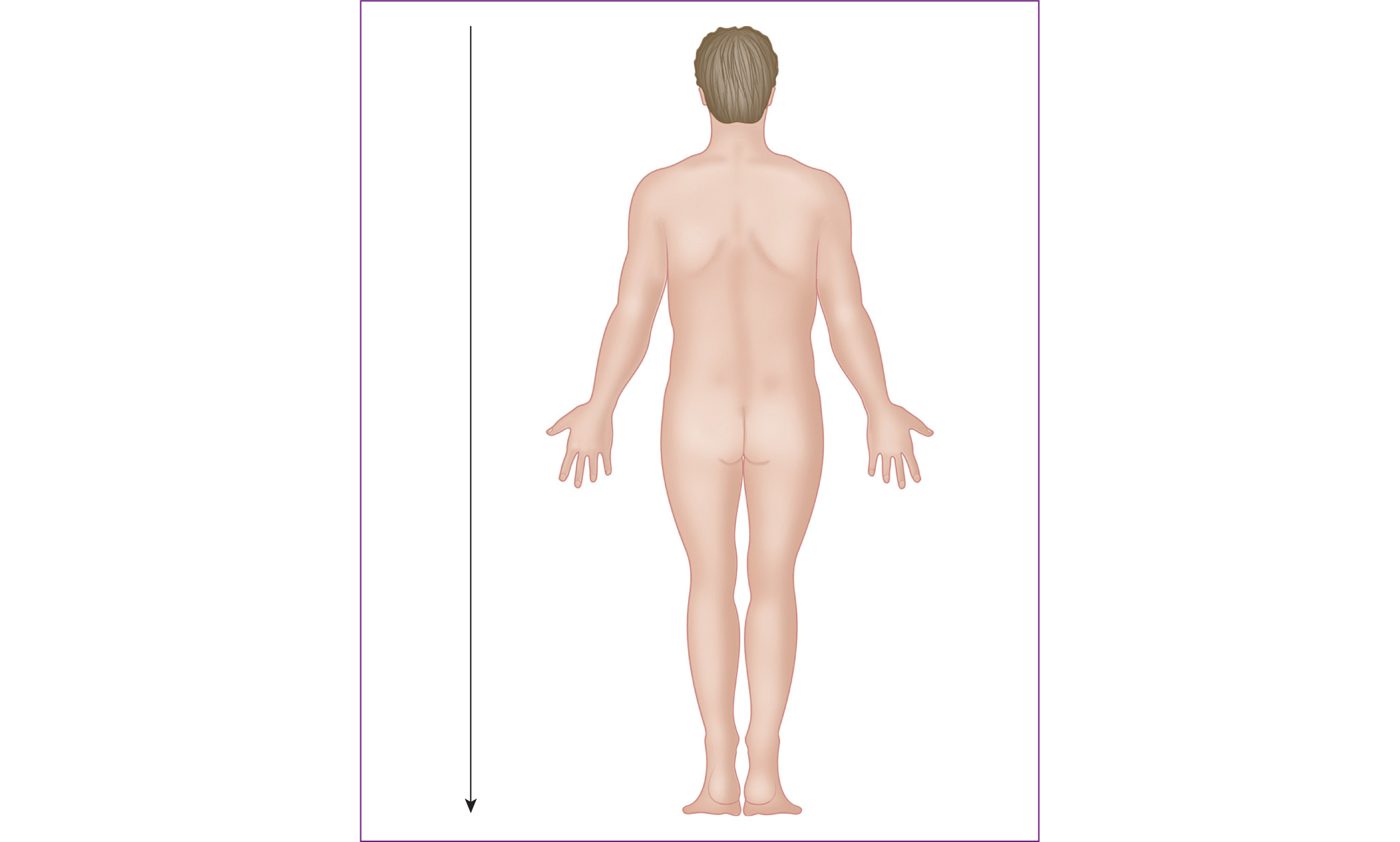
Font size:
Interval:
Bookmark:
Similar books «The Concise Book of Muscles»
Look at similar books to The Concise Book of Muscles. We have selected literature similar in name and meaning in the hope of providing readers with more options to find new, interesting, not yet read works.
Discussion, reviews of the book The Concise Book of Muscles and just readers' own opinions. Leave your comments, write what you think about the work, its meaning or the main characters. Specify what exactly you liked and what you didn't like, and why you think so.

